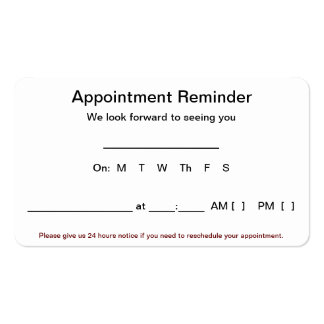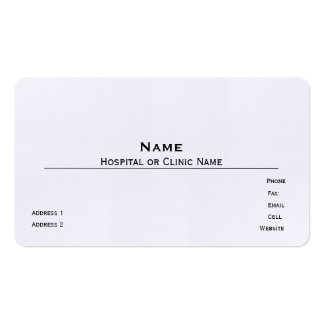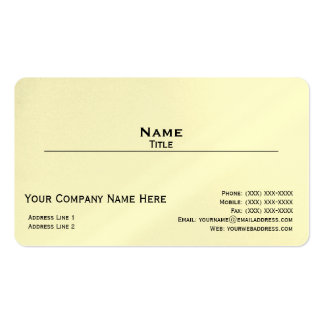The world of love could teach retailers a thing or two about how to put the passion back into customer relationships.
Think about it. A successful online dating site adapts quickly to customer preferences, serving up better and better matches all the time. Weak matches, reintroduction to propositions that have previously been rejected, and failure to separate engaged users from passive lurkers are big turn-offs to the dynamic dater. The same is true for disillusioned consumers, who yearn to be recognized by stores and brands as unique individuals yet are often left feeling disappointed.
The key to keeping prospects hot under the collar and coming back for more is in the way online dating companies manage and use data. Currently there is a sizeable gulf between how online dating companies and retailers do this.
“There are two sides to it. The first is analytics – understanding who customers are, how they’re socially connected and their past choices along with additional insights, and deriving some rules that can be used to predict future behavior,” explains Rik van Bruggen, regional director at Neo Technology, a company that specializes in analyzing complex data relationships.
“This is crucial in online dating, but is something that’s often still lacking in retail. Although companies might look at purchasing data and perhaps some behavioral and social data, generally this is very limited.”
The second challenge is the applying all of this analysis in real time, van Bruggen says. “In online dating, it’s poor form to recommend a potential partner the customer rejected yesterday. Equally, if someone’s just bought an Xbox, you don’t want to serve up PS4 promotions. If you can’t react to the data quickly enough, it’s worthless.”
\
Plotting for Passion
Neo specializes in ‘graph’ database systems, which let companies quickly identify very subtle patterns across multiple different data sources (digital leaders such as Google and LinkedIn are committed users of the technology). A good graph database can query and display numerous connections between people, preferences, personal profile criteria, and so on, allowing highly targeted content and insights to be served up at high speed to the user.
One major U.S. retailer, which doesn’t want be named, is now replacing its existing e-commerce platform with a graph database – as a means of creating event-driven offers and promotions based on classes, hierarchies, and user activity in real time.
This differs from its current model “where promotions were tied to specific products with significant latency in publication and very little development flexibility,” the retailer says. The company regularly handles 400-plus active promotions, and has 1.5 million products in its catalog. The idea is that in future, every time a user accesses a page on the retailer’s web site, the graph database system will handle the request and serve up appropriate promotions (during browsing and at checkout).
Sporting goods brand Adidas is more public about its use of graph database technology, which it will ultimately use to build a recommendation engine, offering up relevant, real-time suggestions to shoppers on adidas.com as well as via its social and mobile channels.
Currently, these kinds of advances are the exception rather than the norm.
“Social network analysis has been gaining a lot of traction,” van Bruggen notes. “Most retailers have ‘Like’ and ‘Tweet’ buttons, which could deliver insights. If you ‘Like’ something or someone, it creates the possibility for a brand or retailer to request additional profile information from Facebook to enhance their social analysis. Although this sort of thing is starting to become more mainstream, at the moment it isn’t real time. It often results in an email which could end up in your spam folder, or a voucher produced in advance to print at the checkout. In the future, this kind of activity needs to be more instantaneous.”
Love is All Around
Even online dating companies are feeling the pressure to create a keener sense of immediacy. Tinder, the mobile app, uses location-based data to serve up matches in the moment based on where people are. This has taken dating to a new level, challenging traditional online dating sites. Although Tinder strips some of the science of dating matches back to basics, one of the advantages is that it dispenses with laborious form-filling — giving users a quick fix of what they need in real time.
Mobile engagement specialist Urban Airship calls it dating ‘gamification,’ an approach retailers can also learn from. “The buzz around online dating now is all about catching people ‘in the moment’ and making a difference to your life right now,” explains Nigel Arthur, managing director of Urban Airship in the U.K.
Tinder might look simple, but there is still a lot of real-time analytics going on at the back end. “Dating is serious, intimate. Users don’t want to have their time wasted; they’re looking for a good match,” he says.
It’s the same with retail. “If I’m a Dad of two boys, don’t send me offers on princess outfits. If you do this via e-mail, it’s annoying. If it’s via mobile, people are much less forgiving: they’ll just close and delete the app and go elsewhere.”
Urban Airship’s retail customers include Asda and Shop Direct. “They’re doing some very smart work segmenting back-end data,” Arthur says. Grocery superstore chain Asda, owned by Wal-Mart, is using rich customer data to serve up high-impact, visually exciting promotional content to customers via its mobile app -to create a buzz around activity and goods in its physical stores and improve foot-fall. “The key, as in the dating world, is to bring something fresh the user hasn’t seen before, and for it to be timely and in context. If you’re going to interrupt me on my mobile, it had better be good.”
For dating apps, it’s as important to refresh the app features as well as the content – to keep customers coming back, and to keep emerging competitors at bay. Tinder recently added a ‘super like’ option that can only be used once a day, for example.
Retailers, meanwhile, have some catching up to do. Marks & Spencer, another of Urban Airship’s customers, is only at the early stages of deeper mobile engagement, Arthur notes.
But there are exceptions. Although not a retailer in the traditional sense, Starbucks has got a lot right, he says. “They’re a global customer of ours, and they use some lovely content to develop habitual app usage.” Every Tuesday, for example, customers can download a free song, book or app via their Starbucks mobile app. “It’s almost the Holy Grail of where companies need to be.” (One happy customer blogs about the Starbucks experience here.)
Recognizing ‘the one’
One challenge the retail sector faces over and above those faced by online dating companies is how to bring physical stores more completely into the new data-driven experience. Asda and Tesco are making headway, but the majority are a long way from a single, joined-up approach to on- and offline customer engagement.
“It’s about connecting everything together,” explains Lothar Krause, VP of global advisory services at Sociomantic Labs in Berlin, which specializes in data-driven analytics. “So if you’re in a shoe store and they don’t have your size, you can check their online inventory and be given a code – something that connects you as a shopper in the store with the person looking online.”
This more rounded profile can then help retailers lure shoppers into stores — identifying where they are, using location-based information from their mobile phone, so that they can issue instantaneous offers to get them through the door.
Ultimately it’s about innovation — leading rather than a following, and winning customers’ hearts by providing the best match for all of their desires. What’s not to love?








No comments:
Post a Comment